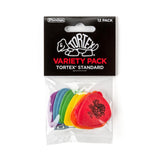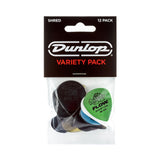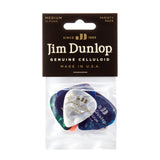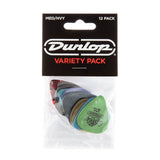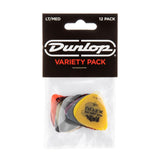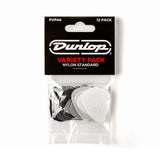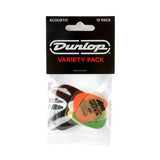Painting a Guitar with Nitrocellulose: Solid vs Transparent Colours
When it comes to giving your guitar a fresh, captivating look, nitrocellulose remains one of the most traditional and revered finishes. Not only does it enhance the guitar's aesthetic appeal, but it also affects the tone, resonance, and overall feel of the instrument. This article delves into the nuances of painting a guitar with nitrocellulose, focusing on the difference between solid and transparent colours, and provides insights on how best to apply each coat.

Solid Colours vs Transparent Colours
Solid Colours: These are opaque finishes that offer full coverage. Solid colours hide the wood grain of the guitar, allowing for a uniform appearance. This makes it an excellent choice for guitars with imperfections or varying grain patterns, as it provides an even, consistent colour.

Transparent Colours: As the name suggests, these are see-through finishes that allow the natural wood grain of the guitar to show through. This type of finish accentuates the beauty of the wood, making it a popular choice for high-end or vintage guitars where showcasing the wood's natural pattern is desired.

Application of Nitrocellulose Paint.
Thin Coats are Key: Whether you're using solid or transparent colours, applying light, thin coats of nitrocellulose paint is the recommended method. Thin coats allow for more control, reducing the chances of imperfections, drips, and runs. This method allows you to build up the finish gradually, ensuring consistent coverage.
Expert Techniques: For those experienced with spray painting techniques, thicker "wet" coats can be applied. However, this requires a steady hand and keen eye to ensure an even application without causing drips or runs.
No Sanding Between Coats: One of the standout properties of nitrocellulose is that it is solvent-based. This means that when you apply a fresh coat, it "melts" into the previous one, eliminating the need for sanding in between coats. This can considerably speed up the painting process.
Drying Time: Nitrocellulose dries relatively quickly. It's touch-dry within approximately 20 minutes. This swift drying time makes it feasible to apply multiple coats in a single day.
Matte Finish: It's worth noting that the finish, upon drying, may appear matte and feel slightly rough to the touch. Do not be alarmed! This is a typical characteristic of nitrocellulose. Once all the coats have been applied and the guitar has been left to fully cure, sanding and polishing will bring out its glossy shine and smooth feel.
In Conclusion
Nitrocellulose isn't just a choice based on its unique characteristics; it's also steeped in musical history. This paint has the honour of gracing the original Fender and Gibson guitars during the initial years of these iconic companies, cementing its legacy in the guitar world. The vintage guitars we see and revere today, showcasing natural wear and the marks of countless gigs, owe their character to nitrocellulose.
One of the most sought-after attributes of nitrocellulose is its natural susceptibility to ageing and cracking. As the finish ages, it reacts to factors such as UV light and environmental changes, leading to the development of fine cracks and a softening of its lustre. This phenomenon imparts a unique charm to the guitar, giving it an aged "road-worn" look, reminiscent of instruments that have seen countless stages and performances.
Many guitar enthusiasts and collectors chase after this authentic vintage appearance, finding beauty in the scars, wear, and aging that nitrocellulose allows. It serves as a testament to the guitar's journey over time. Whether you are in pursuit of that vintage vibe or appreciate the deep historical roots of the music industry, nitrocellulose offers a unique blend of aesthetics, tone, and history that few other finishes can replicate. As you embark on your guitar-painting journey, remember that with nitrocellulose, you're not just applying a finish – you're becoming part of a storied legacy.











